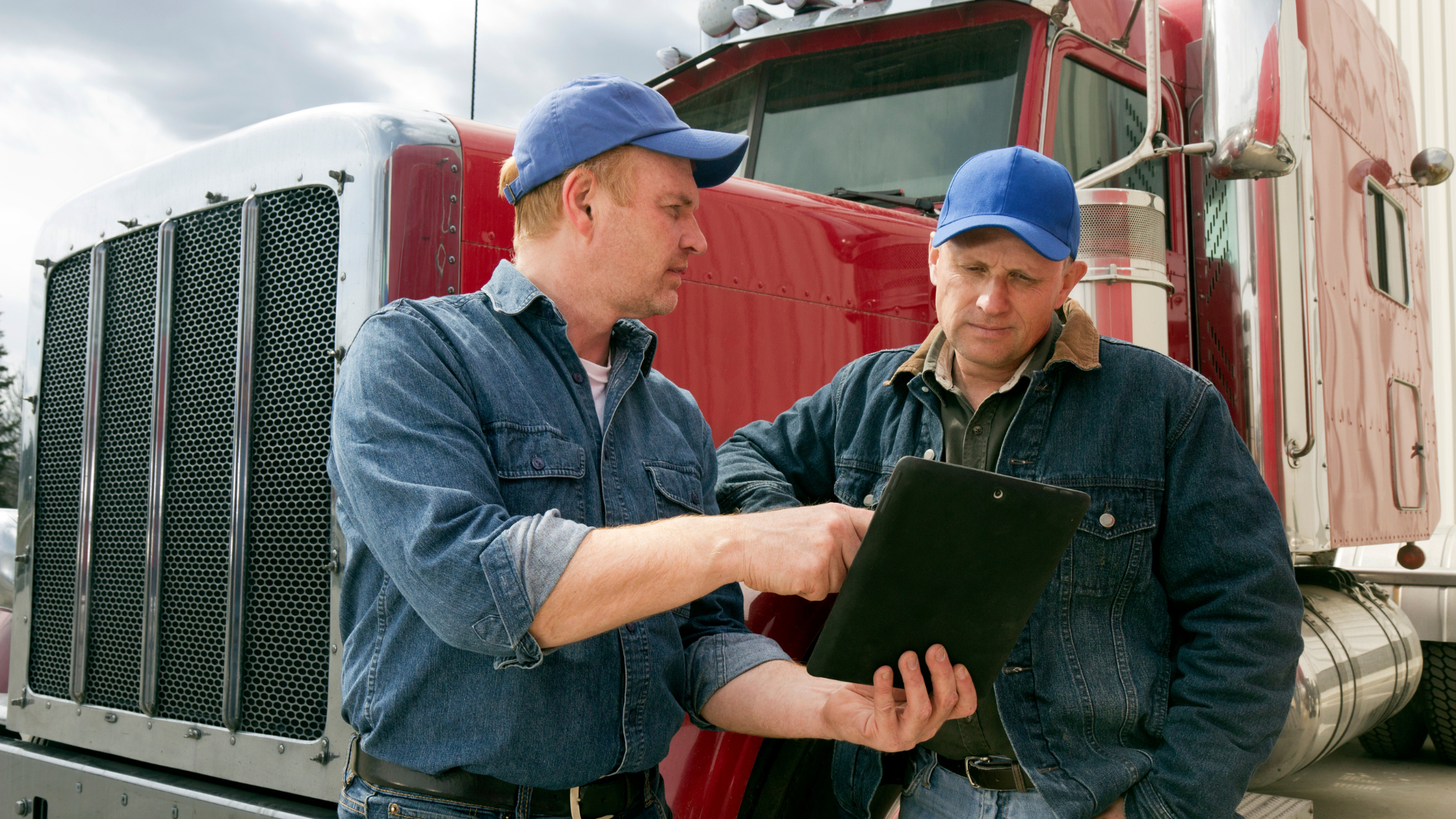How To Plan for Roadside Spill Response as A Trucker

As a trucker, planning for a roadside spill response is crucial to minimize the impact of any incidents that may occur while transporting hazardous materials. Here are some steps you can take to prepare:
Familiarize Yourself with the Regulations
As a trucker transporting hazardous materials across distances, you must understand the regulations for transporting hazardous materials in the United States and Canada, including the reporting requirements for spills and releases. Truckers must ensure compliance and minimize the impact of any incidents that may occur.
In the United States, the regulations are governed by the Department of Transportation (DOT) and the Environmental Protection Agency (EPA), while in Canada, the regulations are governed by Transport Canada. Understanding the specific requirements for labelling, packaging, and reporting spills and releases of hazardous materials is critical.
Develop a Spill Response Plan
Have a plan for responding to spills and releases to ensure a quick and effective response during an incident. The plan should include steps for containing and cleaning up the spill, including the proper use of spill response equipment and communication with first responders and local authorities. It is important that the plan is written and that all employees are familiar with it so they are prepared to respond in the event of a spill. Regular drills and training sessions guarantee that employees are ready to respond effectively and efficiently.
By having a plan in place, truckers can minimize the impact of a spill and ensure a safe and effective response, which can help protect the environment and public health.
Carry Spill Response Equipment
Trucks should have spill response equipment to prepare for a roadside spill, including absorbent pads, boom, and containers for storage and disposal of contaminated materials. The absorbent pads and boom can be used to contain the spill and prevent it from spreading, while the containers can safely store and dispose of contaminated materials. It is important to regularly inspect and maintain this equipment to ensure it is in good condition and ready for use in a spill.
Train your Employees
As a responsible employer, ensuring that all employees are trained to respond to spills is important. This includes training on the proper use of spill response equipment, which can assist in containing and cleaning up spills safely and efficiently. Providing this training can reduce the risk of injury to employees and minimize environmental damage. The training should cover topics such as identifying the type of spill, determining the proper cleanup procedure, and using spill response equipment, such as absorbent materials, booms, and containers.
Regularly Inspect and Maintain Your Equipment
Regular inspection and maintenance of spill response equipment are critical to guarantee that it is in good working order and ready for use in the event of a spill. Proper care and maintenance of equipment, such as absorbent materials, booms, and containers, can help prevent malfunctions and confirm they are ready to be deployed immediately. Regular inspections can also identify any issues or wear and tear that may impact the effectiveness of the equipment, allowing for repairs or replacements to be made before a spill occurs. These proactive measures can help minimize the risk of harm to employees and the environment in the event of a spill, ensuring that your organization is fully prepared to respond quickly and effectively.
Be Prepared to Communicate
A well-planned and rehearsed system for communicating with first responders and local authorities during a spill is essential for an effective and coordinated response. In the event of a spill, time is of the essence, and clear and prompt communication can help ensure that the necessary resources and personnel are deployed promptly. A system for communicating with first responders and local authorities should include the following:
- Procedures for reporting spills
- Contact information for relevant parties
- Protocols for sharing information about the spill and coordinating response efforts.
Know the Location of Nearby Resources
Truckers and their organizations need to familiarize themselves with the location of nearby resources that may be necessary in the event of a spill. These resources may include hospitals for medical treatment, fire departments for fire suppression and hazmat response, and environmental cleanup contractors who can assist with the cleanup of spills.
Being prepared for a road spill is crucial for a trucker. To make sure you are ready for any situation, it is important to have a solid spill response plan in place. Start by training your employees on how to handle spills and the proper use of spill response gear. Regularly check and maintain your equipment so it is ready to go when needed. Have a system for communicating with first responders and local authorities in an emergency. Ensure you know nearby resources like hospitals, fire departments, and environmental cleanup contractors. By taking these steps, you will be ready to respond to spills quickly and effectively, minimizing harm to everyone involved and the environment.
